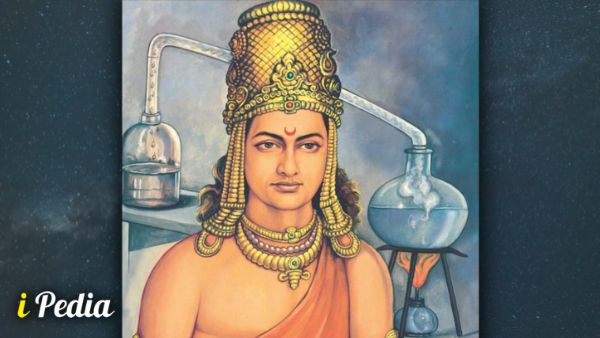Nagarjuna Biography
Physical life and chemistry are very important in science. The nature of these three has been fundamental in all of science’s remarkable successes and aspects. In their medical profession, ancient Indian scientists employed epoch-making instruments for the benefit of humans.
Various chemicals have been employed to preserve a thing safe, attractive, natural, and dead in condition for a long time, whether it is surgery or any other therapy. If we set aside the multifaceted application of chemicals in current research and consider ancient Indian science, it is clear that our nation has had significant and unique achievements in the field of chemistry. We have been a notable chemist here, and the name Nagarjuna stands out among them.
Nagarjuna was born in the second century AD to a Brahmin family in Maharashtra’s Vidarbha area. One Nagarjuna is said to be one of the eighty-four Siddhas in Tibetan literature, and he is represented with a snake around his neck. Ras Ratnakar or Rasendra Mangal is a book authored by Nagarjuna about chemistry. It is written in Sanskrit. It describes numerous chemical procedures.
Nagarjuna was an ancient Indian chemist. According to Tibetan literature, he learned the skill of alchemy from a Brahmin in a very remarkable method. It is stated that a rich Brahmin named Vyali set out in pursuit of the man’s immortality. He dumped his written book consisting of many experiments into the river Formula, thinking it was pointless. While bathing in the river, a city prostitute saw the book, which had turned dry while being soaked in water. He was taken aback to witness this.
Out of curiosity, she invited him to her home. It is stated that the prostitute was making dinner in her kitchen one day. Fortunately, Vyali was the prostitute’s visitor. He began the nectar-making process after regaining possession of his book. Vyali was conducting nectar-related studies while the prostitute’s dinner was being prepared. Vyali’s nectar rasayana was tainted by the prostitute’s unintentional addition of spice.
She welcomed him to her house out of curiosity. The prostitute is said to have been cooking dinner in her kitchen one day. Vyali, fortunately, was the prostitute’s guest. After regaining custody of his book, he began the nectar-making procedure. While the prostitute’s meal was being cooked, Vyali was undertaking nectar-related research. The prostitute’s unintended addition of spice ruined Vyali’s sweet rasayana.
He had also learned the art of binding mercury in Yakshini practice for 12 years. He had mastered the technique of transforming silver into gold by purifying yellow Sulphur with Palash’s Gond juice and heating it over a cow dung fire.
Nagarjuna employed mercury as a medication in a variety of settings. He employed a garbha yantra to make the ashes of mercury pishta, which included blowing, dung cakes, bellows, and several sorts of sands. Nagarjuna was the first in history to employ Black Sulfide of Mercury as a medication called Parpitkaras. Ras Ratnakar’s work provides an introduction to the many sorts of chemicals employed by Nagarjuna at the time. was exceptional
It is safe to say that Nagarjuna was the greatest chemist of ancient Indian times. He utilized compounds that are also employed in current science. Whatever Nagarjuna accomplished with his relentless hard labor and intellectual ability despite restricted means and inferior facilities is undeniably significant in the world of science.
Also Read – The Greatest Teacher of Advaita Vedanta-Adi Shankaracharya



